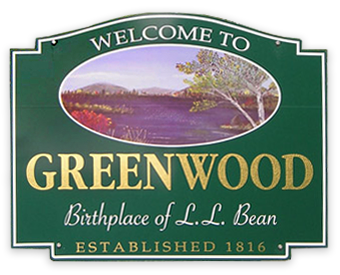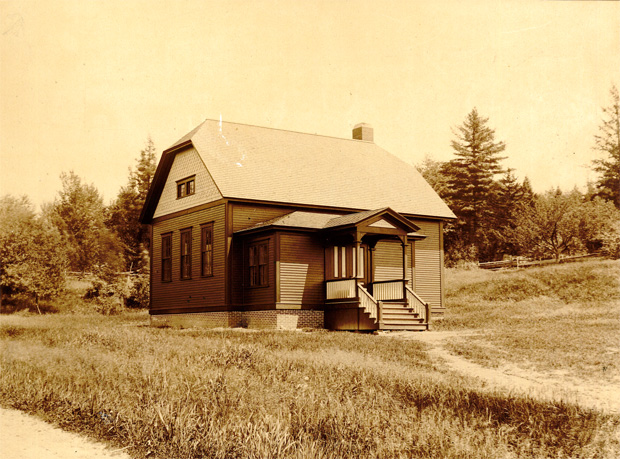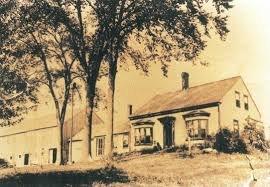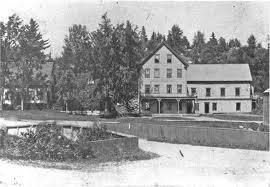History of Greenwood, Maine
The Town of Greenwood is located in south central Oxford County. Greenwood was once a farming and manufacturing town, formerly known as No. 4 Township, of which 11,250 acres were granted to Phillips Academy in 1800. While some authorities suggest that the corporate name describes its main product as well as its forest-clad hills, it is probable that it was given in compliment to Alexander Greenwood, a prominent surveyor of this region. Lothrop Lewis actually surveyed the town.
The surrounding towns include Woodstock, Bethel, West Paris, Norway and Albany. The size includes 27,500 acres. Greenwood is 9.5 miles long and 4.5 miles wide. Predominate natural features include all or part of the 10 great ponds and numerous streams and rivers. The town first settled by those seeking inexpensive land for agriculture and underdeveloped water power sites for milling. The first saw and shingle mill was constructed at “Greenwood City” in 1805. In the mid- 1800’s, the wood industry moved to the Village of Locke’s Mills as a result of the railroad and a fire which destroyed Greenwood City.
The Town was originally made up of three separate grants made by the general court of Massachusetts. The residents of number four assembled at the home of Simeon Sanborn on May 8, 1813 to form a plantation government. Many of the early town meetings were held under the town meeting elm tree. The last plantation meeting was held on September 21, 1815. The settlers petitioned the general court of Massachusetts in 1815 to be incorporated as the Township of Russia. The court apparently did not approve of the name, and the Township of Greenwood, the 213th town in Maine, was incorporated on February 2, 1816.
Greenwood Historical Society
PO Box 141
Greenwood, ME 04255
Contact: Blaine Mills, President
Telephone: 207-875-3726
www.greenwoodhistorical.com
Greenwood Town Clerk Vital Records
Email Town Clerk
(207) 875-2773




